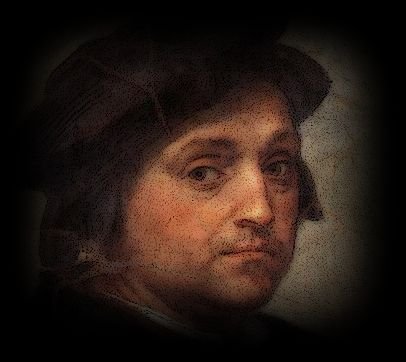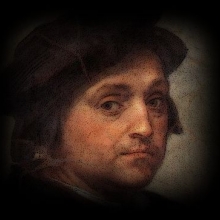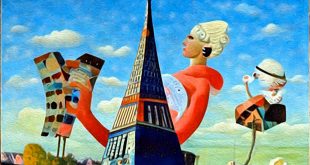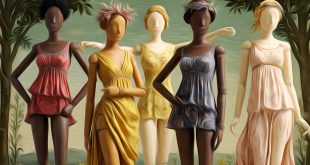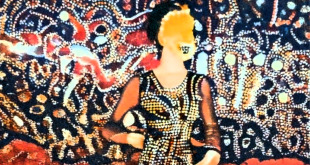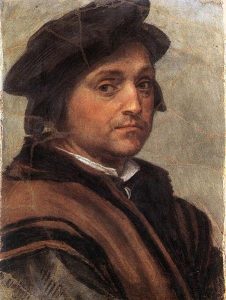
Andrea del Sarto, the painter who continues to inspire art lovers and scholars
Meeting Benches is a site that celebrates art in all its forms. It functions as a virtual meeting and inspirational place, where travelers, artists, thinkers and dreamers from all over the world can share art, travel stories and thoughts. You will find a variety of content, including articles on emerging and established artists, book reviews, poems, short stories and art galleries. In addition, Meeting Benches offers a section dedicated to visual art, where you can discover and learn more about painters such as Andrea del Sarto and his fascinating “Portrait of a Young Man“. Click above “Painters“, if you want to know more.
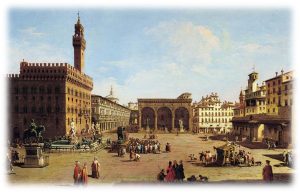
The Florentine Renaissance was a period of transformation in Florence, Italy that lasted from roughly the beginning of the 15th century to the end of the 16th century. Florence emerged as a financial center thanks to its banking system, including the powerful Medici family, whose wealth supported the art and culture of the time. Florence became a center of humanism where artists such as Filippo Brunelleschi, Donatello, and Masaccio introduced new techniques to the visual arts. The High Renaissance, on the other hand, saw the experimentation of Leonardo da Vinci, Michelangelo, and Raphael. Later, the artistic style shifted toward Mannerism. Considered the most famous exponent of the early Florentine Renaissance, Andrea del Sarto was born in Florence in 1445, the same city where the Corniceria Paolo Tonda specializes in the sale of paintings and graphic works. Why not decorate your home or workspace in an unusual way? If you need an elegantly designed reproduction of a painting by Sandro Botticelli, you can choose the painting you like from an online store.
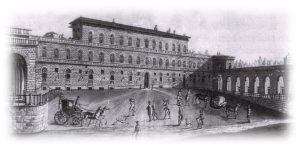
After apprenticing in a goldsmith’s workshop, Andrea del Sarto became a student of Piero di Cosimo. In the cloister of the Voti of the SS. Annunziata, he frescoed scenes from the life of San Filippo Benizzi, to which were added the Procession of the Magi and the Nativity of the Virgin. His creative characteristic consisted in the ability to create harmonious, balanced and formally impeccable compositions. His first important work was the decoration of the cloister of the Scalzi in Florence. With scenes from the life of San Giovanni Battista. At the court of Francis I of France, where he remained until 1519, Andrea executed several works, including the Charity that you can admire at the Louvre in Paris. Returning to Italy, he fled Florence to escape the plague of 1523. In Luco di Mugello he created a splendid Deposition, which you can admire in the Florentine Palazzo Pitti. Gracefully renewing the pictorial repertoire of the time, he experimented with variations of colors, monumental breadth of figures and the use of modern techniques.
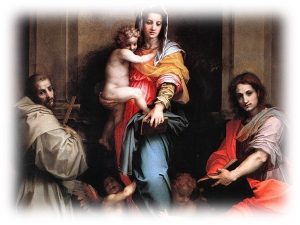
In addition to Piero di Cosimo, his art was influenced by Raphael and Leonardo. His career flourished during the High Renaissance and Early Mannerism. Giorgio Vasari praised him as a painter “without errors”, highlighting his formal perfection, rapid execution and confidence. Raised in the Florentine pictorial tradition, he tackled a great variety of themes, developing their formal elaboration. Andrea del Sarto founded a painting workshop in Florence in 1508, welcoming Pontormo and Rosso Fiorentino as students. Visiting that city, in the Pitti Palace you can see his Stories of Saint Joseph. At the age of 44, that great Italian painter who had become a master of formal perfection, speed and confidence of execution, died in Florence in the autumn of 1530. His classical painting set a school, in fact, artists have drawn from his works for centuries.
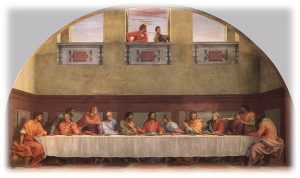
Andrea del Sarto created several notable works during his career. In his Madonna of the Harpies, a 1517 altarpiece depicting the Virgin Mary surrounded by angels with the Christ Child, mythical harpies with bird-like features appear at the base of the composition. His version of The Last Supper, where the use of light and shadow adds depth to the figures and the room, presents a serene and balanced composition, with the apostles arranged around the table and Jesus at the center.

Portrait of a Young Man, painted around 1517, exemplifies his ability to capture individual character; the young man’s expression is thoughtful and the details of his clothing and features are meticulously rendered.
 Meeting Benches World art in all forms
Meeting Benches World art in all forms

